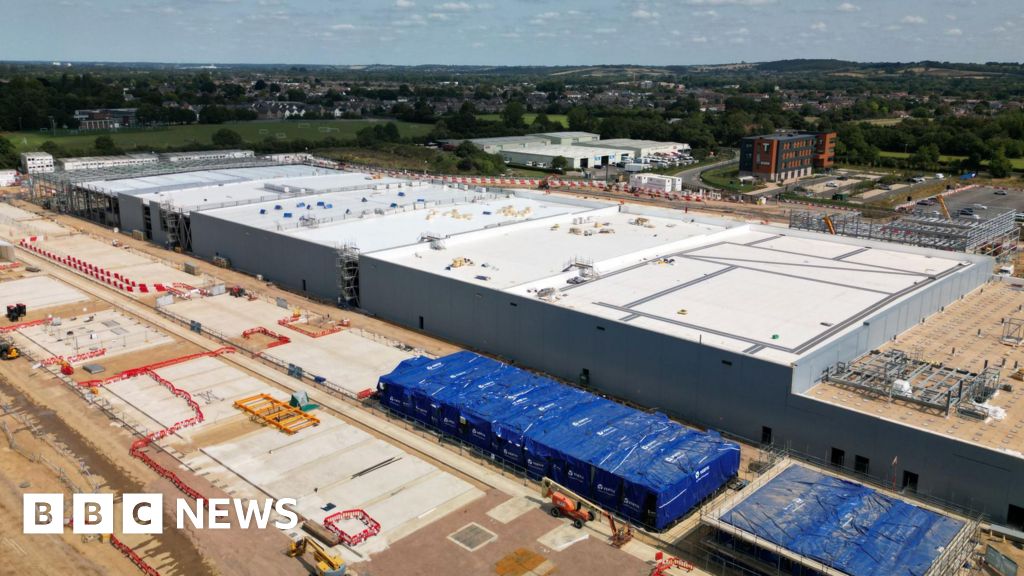There are currently 13 sectors listed as critical national infrastructure in the UK. The list was last updated nine years ago, when space and defence were added.
The previous government launched a consultation in December 2023 to discuss the potential addition of data centres.
A team of officials will now be set up to specifically monitor potential threats against data centres and coordinate a response in the event of a serious incident, such as the recent worldwide chaos sparked by an update from the cybersecurity firm Crowdstrike, which affected millions of people and businesses.
However there will not be any new regulations, nor is additional scrutiny of data centre operators’ existing contingency arrangements planned.
“It’s not surprising that data centres are now to be classed as critical infrastructure as they house so many critical online services,” said Prof Alan Woodward, a cyber security expert from Surrey University.
“Many people think of services as being in an ethereal cloud, but everything is based at some point on physical infrastructure and more often than not this is based in a data centre.”
In 2023 the former deputy Prime Minister Oliver Dowden warned of Russian “attempts to attack British infrastructure”.
Lindy Cameron, the former boss of the National Cyber Security Centre, said more needed to be done to protect it from cyber threats.
“Bringing data centres into the Critical National Infrastructure regime will allow better coordination and cooperation with the Government against cyber criminals and unexpected events,” she said.
The need for data centres is growing, in part because of the proliferation of AI-based services, which require considerable computing power.
On Wednesday, Amazon Web Services announced it will invest £8bn building and operating data centres in Britain over the next five years.
Microsoft and Google are separately building their first UK such premises at the moment.
But environmental concerns about data centres and their demand on resources remain – they are energy-hungry and can require large quantities of water for cooling.
The chief executive of the National Grid said in March that data centre power use in the UK would increase six-fold in the next decade.
Plans to build the data centres also often run into local opposition – in June, councillors in Buckinghamshire rejected a proposed development because of its impact on the green belt.
Bruce Owen from Equinix, which runs data centres in the UK, told the Today Programme, on BBC Radio 4, he was “really encouraged” by the move.
“The UK, for us, as a global data centre provider, is a critical market,” he said.
“Over our history within the UK we’ve invested over a billion pounds and we’re very encouraged by this signal, and therefore it encourages us to continue to invest and serve our customers in the UK.”

